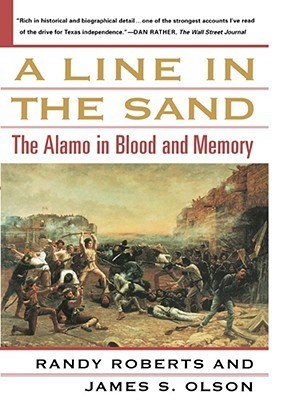What do you think?
Rate this book


384 pages, Paperback
First published January 1, 2001
Santa Anna possessed voracious appetites - for sex, power, and money, but most of all for adulation - and he dominated his country. He lusted for absolute power. A contemporary later said of him, 'He lives in perpetual agitation, he gets carried away by an irresistible desire to acquire glory...Defeat...maddens him.' Late in life, recalling the ambitions of his youth, Santa Anna wrote, 'How impatient I was to climb the stair of life! With the typical eagerness of youth, I wished to vault its stairs two by two, four by four.' And in the end, his destiny became Mexico's.
Texans rushed to their positions on the walls and palisades, but they had few targets. Musket and artillery fire filled the air with clouds of acrid smoke, and noise crowded the senses. Along the east wall, with the sun still well below the horizon but the skyline just starting to brighten, the attackers stood out a bit, casting long shadows, but at the north, south, and west walls they were, at best, opaque objects scurrying about in dim moonlight. The early morning attack had rendered the Kentucky long rifle all but useless. They were accurate up to two hundred yards, but the Texans' field of vision was only a few feet deep.